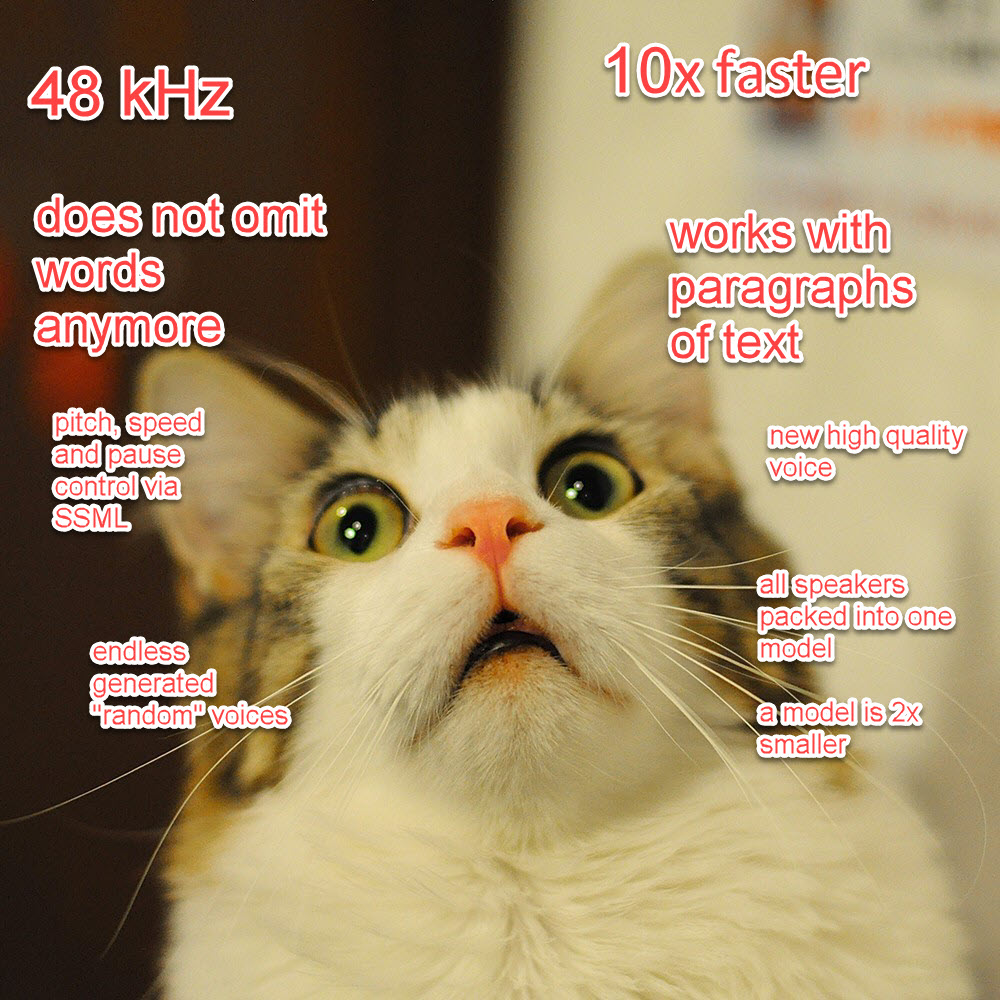
In this article, we shall provide some background on how multilingual multi-speaker models work and test an Indic TTS model that supports 9 languages and 17 speakers (Hindi, Malayalam, Manipuri, Bengali, Rajasthani, Tamil, Telugu, Gujarati, Kannada).
It seems a bit counter-intuitive at first that one model can support so many languages and speakers provided that each Indic language has its own alphabet, but we shall see how it was implemented.
Also, we shall list the specs of these models like supported sampling rates and try something cool – making speakers of different Indic languages speak Hindi. Please, if you are a native speaker of any of these languages, share your opinion on how these voices sound, both in their respective language and in Hindi.



